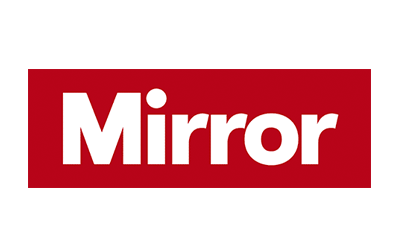This November is Hyperhidrosis Awareness Month and also marks ten years since miraDry received FDA approval as a permanent solution to excessive sweating. Hyperhidrosis is estimated to affect 365 million people worldwide, meaning that 5% of the global population is suffering from the discomfort of sweating more than normal.
Everyone sweats to regulate body temperature, but if you are experiencing uncontrollable and unpredictable sweating it can lead to embarrassment and social stigma. Sufferers even have increased risk of depression and anxiety.
How does miraDry work?
This hyperhidrosis treatment delivers thermal energy into the underarm area, heating up and destroying unwanted sweat glands. As well as a sweat reduction of 82% on average, it results in an 89% odour reduction. Another positive benefit is that miraDry lessens underarm hair growth.
The first step is to numb your underarm area with local anaesthetic solution. Your practitioner will then apply a temporary tattoo to the underarm to line up the handpiece. The device is activated, and the skin and underlying tissue is slightly suctioned to bring the sweat glands closer to the surface.
The thermal energy is then delivered into the sweat glands, while a cooling system further minimises any discomfort.
miraDry vs other treatment options
Most hyperhidrosis sufferers have experimented with several treatment options. Antiperspirants are usually the first line and defence and are available either as over-the-counter products or by prescription. However, they contain unwanted chemicals, can permanently stain clothing, and often don’t stand up to daily demands.
Oral medications are often not recommended as a long-term solution, as they can cause serious side effects. Current surgical options also carry significant risk so are not suitable for all patients. Alongside miraDry, Botulinum toxin injections are an FDA approved, minimally invasive treatment of excessive underarm sweating.
Botulinum toxin freezes the nerves that signal to the sweat glands to start sweating. Like miraDry, there is little to no downtime, but unlike miraDry, the effect is temporary. Patients will require a follow-up treatment every six to nine months to maintain the results, proving costly and inconvenient as a lifetime treatment, whereas miraDry results last indefinitely as the sweat glands are permanently destroyed.
To find out more about the benefits of miraDry, call 0207 432 8727 to arrange a consultation with one of our aesthetic practitioners at Karidis Clinic.
















